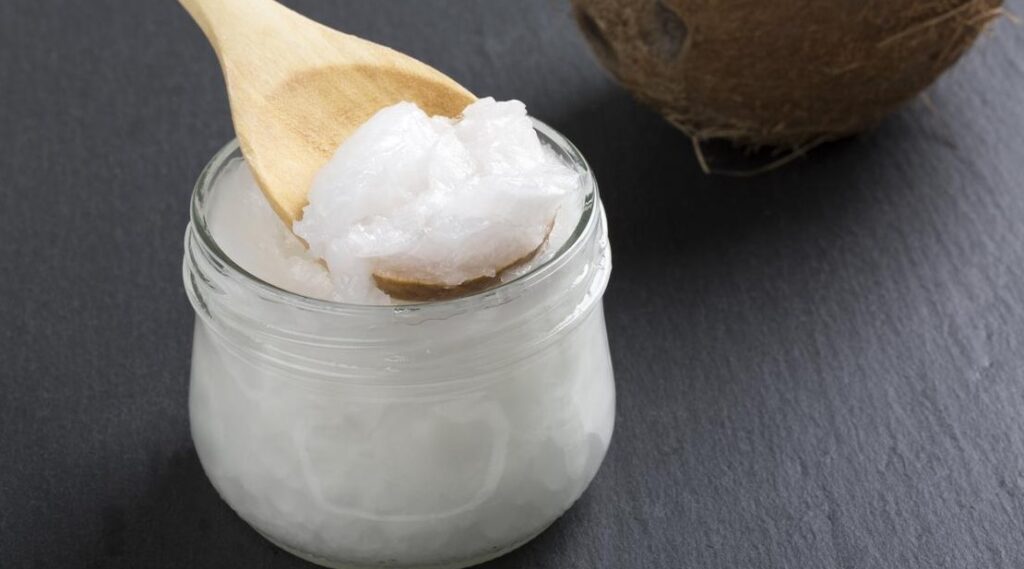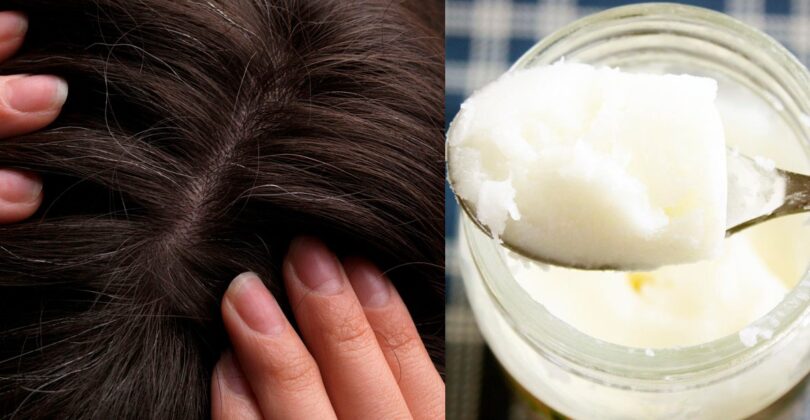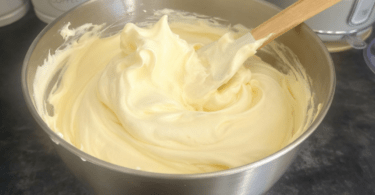Utilizing Coconut Oil for Lice Treatment: A Surprising yet Growing Trend
The idea of using coconut oil as a treatment for lice may initially strike one as unconventional, but its popularity is on the rise. Lice, those pesky blood-sucking insects that take up residence on the scalp, can cause considerable discomfort and minor complications if left unchecked. Moreover, their highly contagious nature makes effective treatment crucial.
Coconut oil, rich in lauric acid, has been explored for its potential in combating lice. While it may not match the efficacy of conventional over-the-counter treatments, its appeal lies in its lower toxicity to the body. For individuals unable to tolerate stronger treatments, coconut oil presents a viable alternative worth considering. Let’s delve deeper into the process of treating lice with coconut oil and explore its effectiveness.
How to Use Coconut Oil for Lice:

To embark on a coconut oil lice treatment, gather essentials such as a plastic shower cap, an ample amount of coconut oil to cover the hair, and a fine-toothed comb. Multiple applications may be necessary for optimal results.
Commence by rinsing the hair with warm water and allowing it to dry. Ensure the coconut oil reaches a liquid state at room temperature or slightly above for easy application.
Generously massage the coconut oil into the hair and promptly cover it with the plastic shower cap. Leave the cap on for a minimum of eight hours to suffocate the lice.
Thoroughly inspect the hair with the fine-toothed comb, meticulously removing any lice and nits encountered. Vigilance during this step is crucial to prevent future infestations, as leaving eggs behind could lead to a resurgence.
Should lice persist after three or four applications of coconut oil treatment, consider exploring alternative over-the-counter or prescription remedies.
Evaluating the Efficacy of Coconut Oil for Lice:

Research suggests promising outcomes regarding coconut oil’s efficacy in lice treatment, particularly in cases where lice have developed resistance to traditional Western treatments like permethrin. Studies conducted in Brazil and England demonstrated coconut oil’s effectiveness, with some formulations proving even more potent than harsh chemical alternatives. However, despite these positive findings, there remain uncertainties surrounding coconut oil’s comprehensive efficacy in lice eradication.
Potential Side Effects and Risks:
One of the primary appeals of coconut oil as a lice treatment lies in its minimal risk of side effects. Unless allergic to coconut oil, topical application typically poses little to no risk, even in substantial quantities. It’s advisable to conduct a patch test on a small area of skin before widespread application to rule out any allergic reactions.
Exploring Alternative Remedies:
While coconut oil may prove effective in killing lice, it may not eliminate the nits laid by lice entirely. Supplementing coconut oil treatment with rinsing hair in apple cider vinegar or incorporating essential oils like anise, tea tree oil, and cinnamon leaf into coconut oil blends could enhance efficacy by targeting both lice and their eggs.
Conclusion:
Though coconut oil’s multifaceted benefits are well-documented in various applications, its role as a lice treatment remains somewhat uncharted territory. While initial studies suggest promise, its effectiveness may vary among individuals, necessitating multiple applications and potential combination with other remedies. Should coconut oil treatment fail to yield desired results, consulting a healthcare professional for alternative, more potent solutions is advisable.








